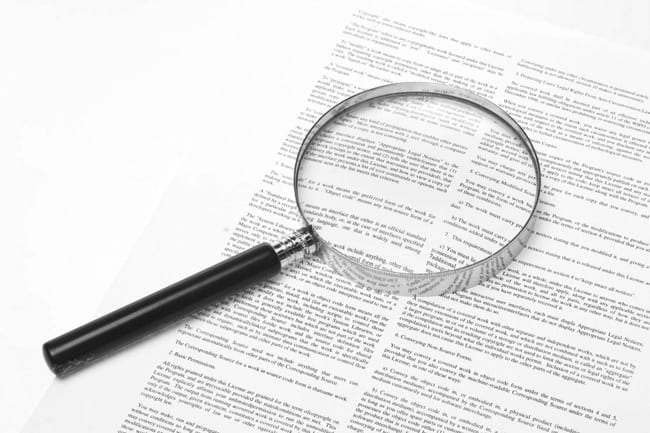
Is the Property You Buy Going to Be Your Principal Place of Residence?
December 1, 2021
More than 2,000 Electronic Settlements and Counting
March 1, 2022If you are buying, selling or transferring the ownership of property, you will be a party shown on an electronic document called a Transfer, either as the Transferor (the seller) or the Transferee (the buyer). In either case, your conveyancer has to sign this Transfer document on your behalf using their digital signature, and you as a client are unable to do this.
There are many other cases where an electronic conveyancing document has to be signed by your conveyancer. For example, you may be:
- the applicant for a Subdivision
- withdrawing a Caveat
- applying to transmit the ownership of property belonging to deceased person
- a surviving joint proprietor or
- applying for the replacement of a paper certificate of title that has been lost or destroyed.
Before the signing of any these electronic conveyancing documents can occur, your conveyancer is required (in accordance with the Rules set down by the Registrar of Titles) to obtain your authorisation in writing to do so. Your conveyancer has two duties:
- To verify the authority of their client to participate in the conveyancing transaction. This is fairly straightforward in personal transactions, but more complex if the client is a company, a trustee or is being represented by an Attorney.
- To take reasonable steps to ensure that the Client Authorisation is signed by the client. This is why clients or their agents have to identify themselves, typically with a current driver licence and passport.
If you are unable to attend our offices to sign your Client Authorisation and be identified, you can attend any Post Office to sign the Client Authorisation form and be identified there.
If you are overseas, you can attend any Australian Consulate to sign the Client Authorisation form and be identified there.
For more information about Client Authorisation, please contact Glenferrie Conveyancing in Northcote on 03 9815 2351.






